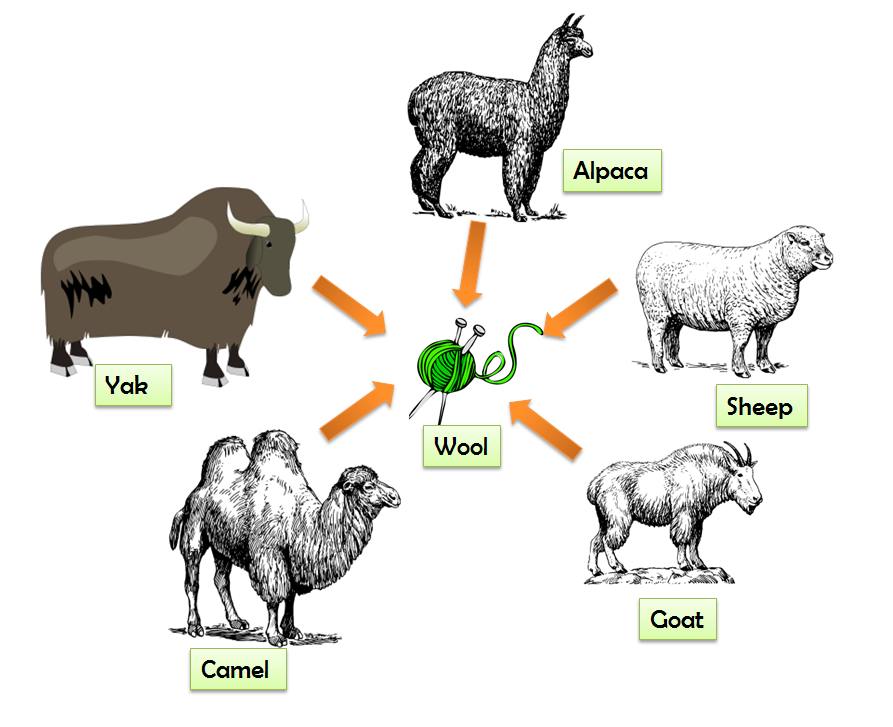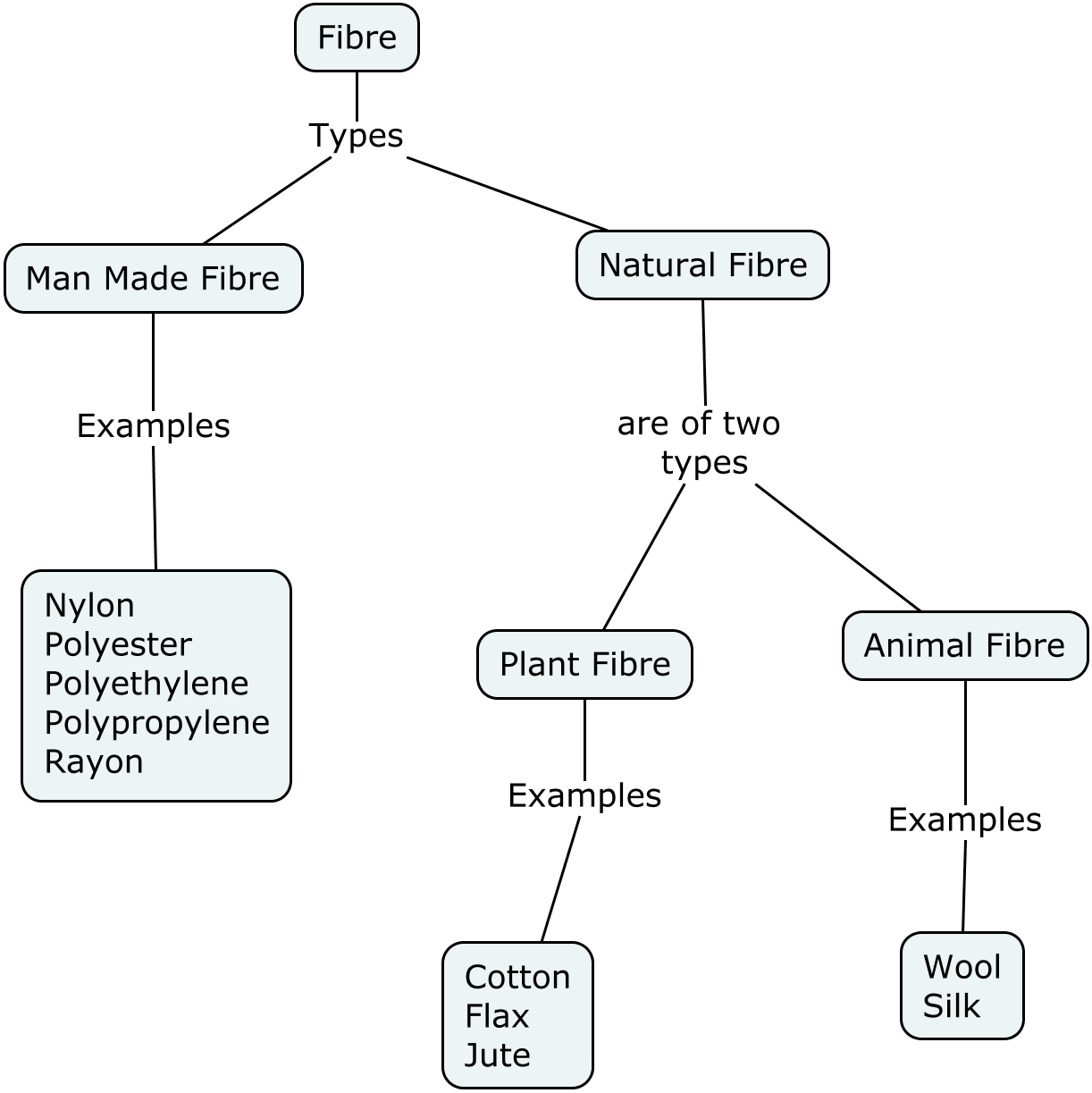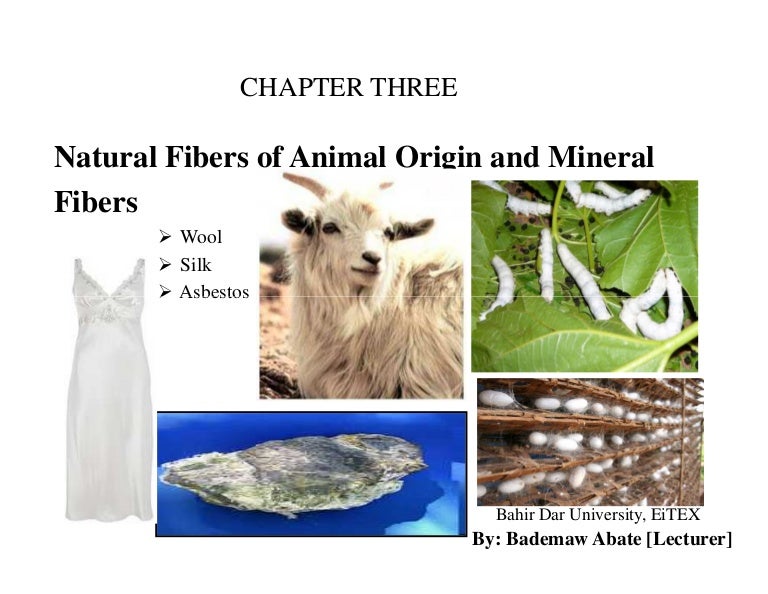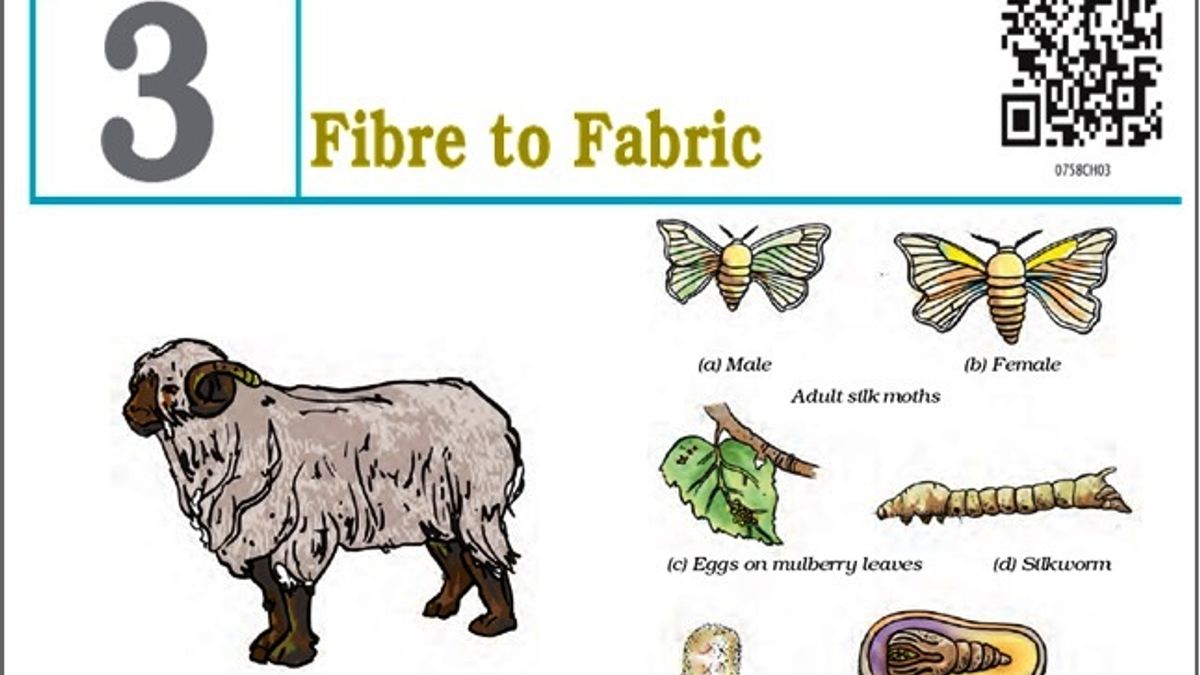
Collect different types of plant fibres and animal fibres and make beautiful sceneryThe person
Animal fibre Mineral fibre Plant Fibre: The fibres obtained from the plant sources like - cotton and jute. The materials like Bamboo, coconut fibre, Flax seeds, Cannabis sativa plant species, Vegetable fibre, straw, Nettle, Ramie, wood, grains are different sources of plant fibres.

Fibre to Fabric Class 7 Science Chapter 3 Animal Fibre Wool YouTube
Explore animal fibers and materials. They tend to have good insulation and thermo-regulating qualities as well as a high resistance to natural odors. They're breathable, and this translates to keeping the wearer warm and dry. Animal fibers are also highly elastic, and therefore resistant to stretching, wrinkling, and tearing.

Typical Properties of Fibers [1] Download Table
Animal fibres are derived from different sources. However, the most commonly used sources are given below. Silk fibre: Silk fibres are the fibres that are obtained from the cocoons of the silkworm, typically of the species Bombyx mori. Animal hair: Animal hair is a commonly used source to obtain animal fibres. The hair of animals like sheep, horses and goats are commonly used as animal fibres.

Mind Map of fibres class 7 Science Physics Wallah
Animal fibres are the natural fibres that can be sourced to animals. These fibres are usually made up of different kinds of proteins. The most popular examples of animal fibres include silk and wool. It is important to note that animal fibres that are extracted from different animals usually have different properties.

1 Classification of natural fibre Download Scientific Diagram
Animal Fibres - Factsheet. Animal fibers are natural fibers that consist largely of particular proteins. The animal fibers used most commonly both in the manufacturing world as well as by the hand spinners are Wool from domestic sheep and silk. Also very popular are alpaca and camel fiber. Not all animal fibers have the same properties, and.

Luxury Animal Fibers Infographic Acorns & Twigs Animal Fibres, Natural Parenting, Map Design
Specialized natural fibres (abaca, agave, flax, hemp, kapok, ramie, silk and sisal and animal fibres other than wool) added another 1.5 million tons.. Around 60 million family units are engaged directly in natural fibre production (Chart 1B.6). When family labour, hired on-farm labour and workers in ancillary services such as transportation.

SCIENCEWORKPLACE FOR CLASS VII Fiber to fabric
Animal fibers are natural fibers that consist largely of certain proteins. Examples include silk, hair / fur (including wool) and feathers. The animal fibers used most commonly both in the manufacturing world as well as by the hand spinners are wool from domestic sheep and silk. Also very popular are alpaca fiber and mohair from Angora goats.

Photographic images of the different types of natural fibres [2]. Download Scientific Diagram
As the name suggests, natural yarn fibers such as wool, cotton, and silk are produced from plants or animals. Synthetic fibers such as acrylic or polyester are man-made. Most manufacturers blend both natural and synthetic fibers to create yarns with certain desirable characteristics such as softness.

Silk Class 7, Fibre To Fabric, Science atelieryuwa.ciao.jp
Learn the Fundamentals of Animals & Fiber Many animals produce fiber, including sheep, goats, alpaca, rabbits, bison and musk ox. Here's a guide to the types and qualities that come from various sources. by Amy Grisak March 12, 2019 PHOTO: Shutterstock Fiber artists have the world at their fingertips.

Classification of natural fibers according to their origin with examples. Download Scientific
Silk and silkworms. Top of page. Teresinha at Wild Fibres. Studio I- 319, Scott House, The Custard Factory. Gibb Street, Birmingham B9 4DT, UK. Contact Teresinha for enquiries on. Tel: +44 (0)7979 770865. email: [email protected].

Notes for Chapter 3 Fibre to Fabric
1. Coarse fibre from Scots black-face sheep : (a) towards the root ; (b) tip half of the same fibre. Fig. 2. Coarse fibre from an Indian breed of sheep : (a) towards the root ; (b) tip half of the same fibre. Note the similarity of the scale patterns of fibres from both breeds. 116 Figure 1 Figure 2 ^ 't\tr 'v HA!*

Fibers List Sewing essentials, Teaching sewing, Sewing fabric
Fiber is naturally found in whole plant foods, including fruits, vegetables, grains, nuts, seeds, and legumes. Animal products, such as meat, dairy, eggs, and seafood, do not contribute fiber.

Animal fibers
Fibre can also be classified by its viscosity (viscous vs. non-viscous) and fermentability (fermentable vs. non-fermentable). Viscous fibres form a gel-like substance that "sits" in the gut. This can influence how quickly we absorb certain nutrients like sugar. Fermentable fibres can influence the number and type of bacteria in the gut.

Classification of natural fibers according to their origin together... Download Scientific Diagram
Natural fibres sourced from the pelage of animals exhibit a variety of morphological features which may be used to identify the particular family the hair originated from, which contrasts to the processes involved in the identification of silk.

Animal Fibers That Don't Belong In An Animal Lovers' Closet Animal fibres, Post animal, Animal
The most popular animal fibers are wool, silk, cashmere, mohair, alpaca, angora, and camel hair. These fibers are then woven or knitted or felted to form Animal fabric and ultimately made into soft and warm jackets, ponchos, blazers, wraps, shawls, coats and other clothing and accessories. Carpets, rugs and blankets are made with rougher fibers.

NCERT Solutions for Class 7 Science Chapter 3 Fibre to Fabric
The most common and environmentally friendly bleaching agent used for fibers is hydrogen peroxide. Cotton is also partly bleached while scouring, under the action of sodium chlorite.